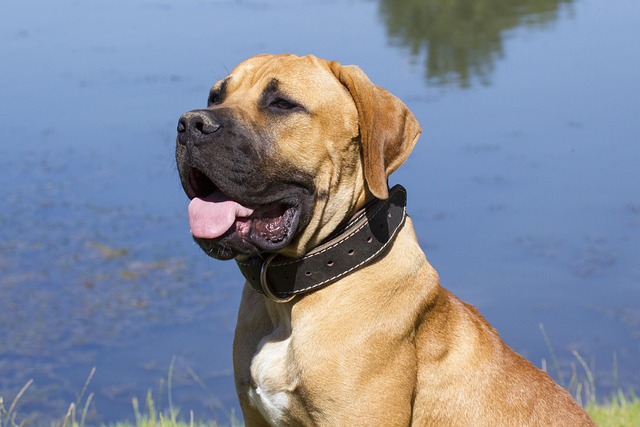
How do I start my dog on agility training?
The idea of watching your dog leap, weave, and race through an agility course is exhilarating. But before you dive in, it’s essential to understand the journey ahead,
The moment your dog’s belly touches the floor on command is a tiny triumph—a silent agreement that you’re speaking the same language. But how long does it take to reach this milestone? The truth is, the timeline for teaching “lay down” varies as widely as the dogs themselves, shaped by everything from breed instincts to local training regulations.
Think of your dog’s brain like a fingerprint—unique and evolving. Puppies under 6 months might grasp the concept in 10 to 20 short sessions spread over a week, their spongy minds eager to please. Adult dogs, especially those with previous training, can surprise you by catching on within a single afternoon. On the flip side, rescue dogs or those with anxiety might need a month or more of patient repetition. It’s not a race; every dog learns at its own pace, and the journey matters as much as the destination.
Training methods act as the roadmap for this learning adventure. Positive reinforcement—using treats, praise, and toys—works wonders across cultures. Start by luring your dog’s nose down with a treat, slowly lowering it until their elbows hit the floor. When they do, shower them with joy. In many regions, humane training is not just preferred—it’s part of animal welfare laws. Avoid harsh physical corrections, as these can lead to fear and behavioral issues, potentially violating local anti-cruelty regulations.
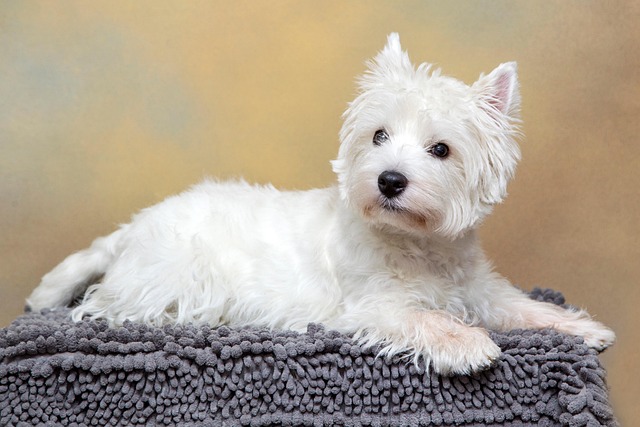 Your daily routine is the secret sauce to successful training. Short, 5-minute sessions scattered throughout the day beat one long, exhausting training marathon. Make it a game: practice before meals, during TV commercials, or while waiting for the coffee to brew. Remember, consistency is key. Use the same command every time—whether it’s “lay down,” “down,” or a made-up cue—and reward immediately when your dog complies.
Your daily routine is the secret sauce to successful training. Short, 5-minute sessions scattered throughout the day beat one long, exhausting training marathon. Make it a game: practice before meals, during TV commercials, or while waiting for the coffee to brew. Remember, consistency is key. Use the same command every time—whether it’s “lay down,” “down,” or a made-up cue—and reward immediately when your dog complies.
External factors can throw curveballs into the training process. High-energy breeds like Border Collies might need extra mental stimulation before focusing, while distractions from busy streets or neighborhood cats can derail even the most dedicated learners. Be mindful of local leash laws and public space regulations; some parks require dogs to be on-leash at all times, which can impact where and how you train.
When frustration creeps in, take a step back. Training should strengthen your bond, not strain it. If your dog seems stressed or disinterested, switch to a different activity or try again later. Celebrate small victories—a paw twitch in the right direction, a momentary dip of the shoulders. These incremental wins build confidence and pave the way for mastering the full “lay down” command.
The time it takes for your dog to learn “lay down” isn’t just a number; it’s a measure of the trust you’re building together. Whether it takes days or weeks, each training session is a chance to understand your dog better. So, grab those treats, set aside the timer, and enjoy the process—because the best part of teaching your dog new tricks isn’t the destination, but the shared journey of discovery.

The idea of watching your dog leap, weave, and race through an agility course is exhilarating. But before you dive in, it’s essential to understand the journey ahead,

Deciding to bring a Yorkie into your home means embracing a tiny bundle of energy and charm, but it also raises an important question: how straightforward is potty training?
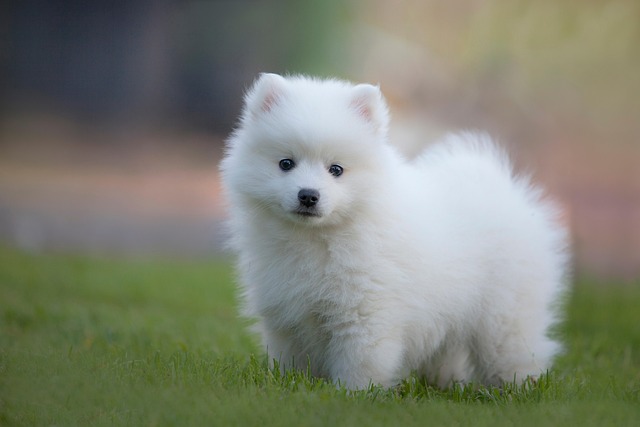
Bringing home a new puppy is an exciting adventure, but it also comes with the big question: What is the first thing you should train your puppy?

Imagine you’re at Seattle’s Green Lake Park with Luna, your energetic Shepherd mix. She spots a duck and lunges, choking herself on the collar.
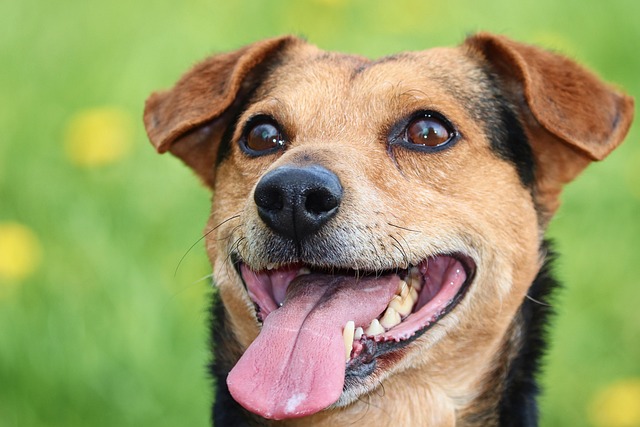
Teaching a 2-year-old dog to fetch might seem challenging, but it’s a rewarding way to bond and keep your furry friend active. Fetch isn’t just a fun game—it provides mental stimulation and physical exercise, essential for a healthy dog.
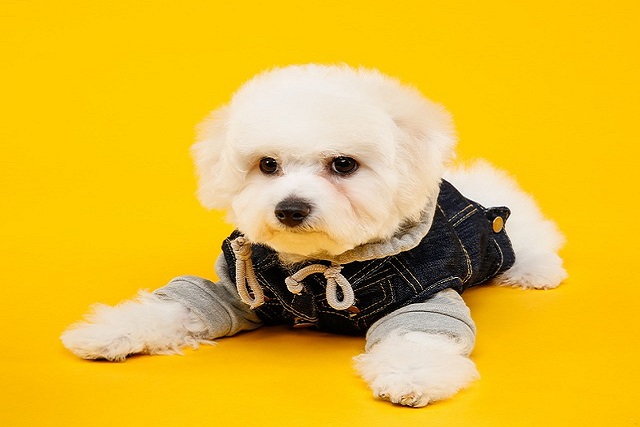
You’ve read all the articles, stocked up on premium treats, and patiently clicked and rewarded your new rescue pup, Charlie.